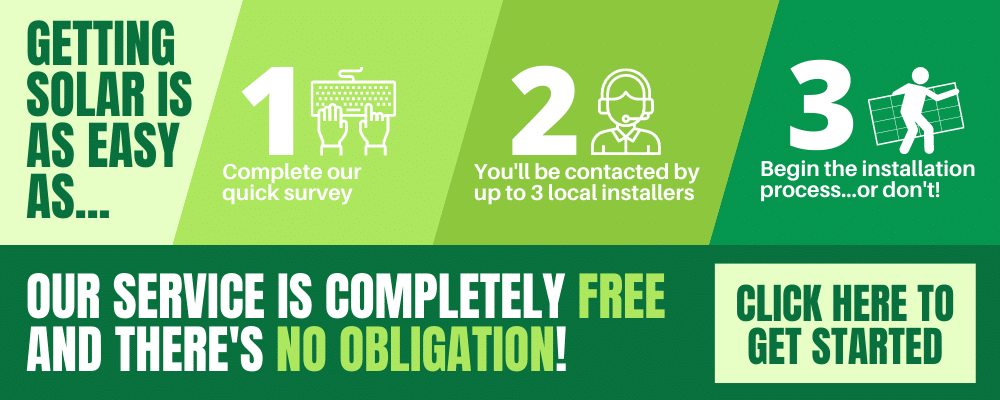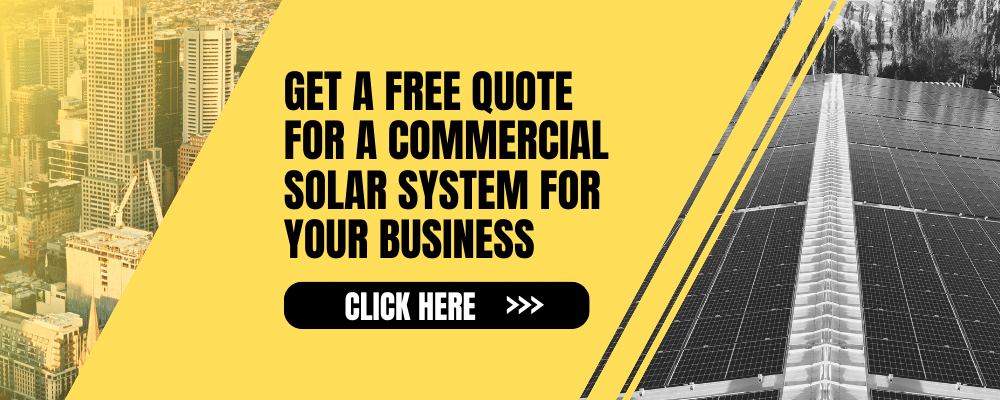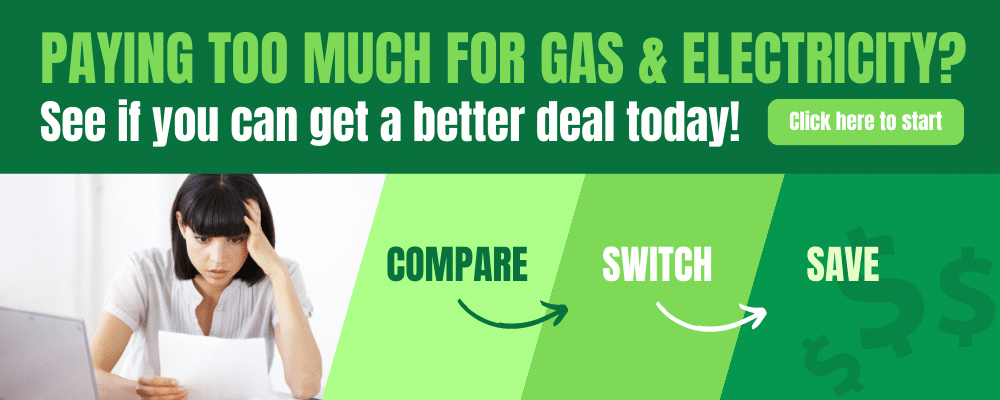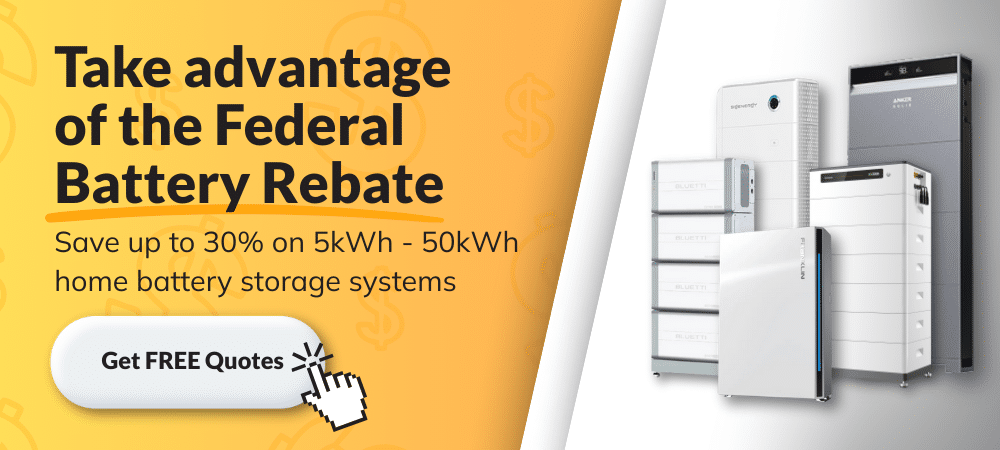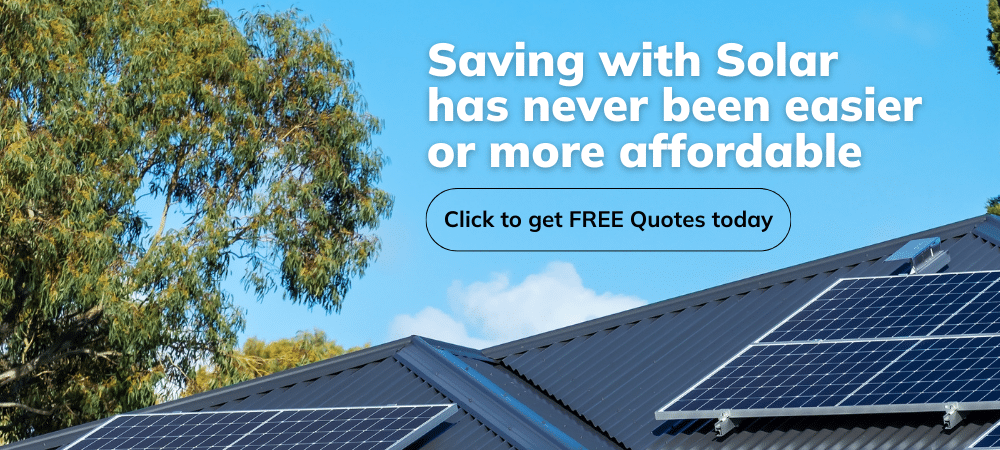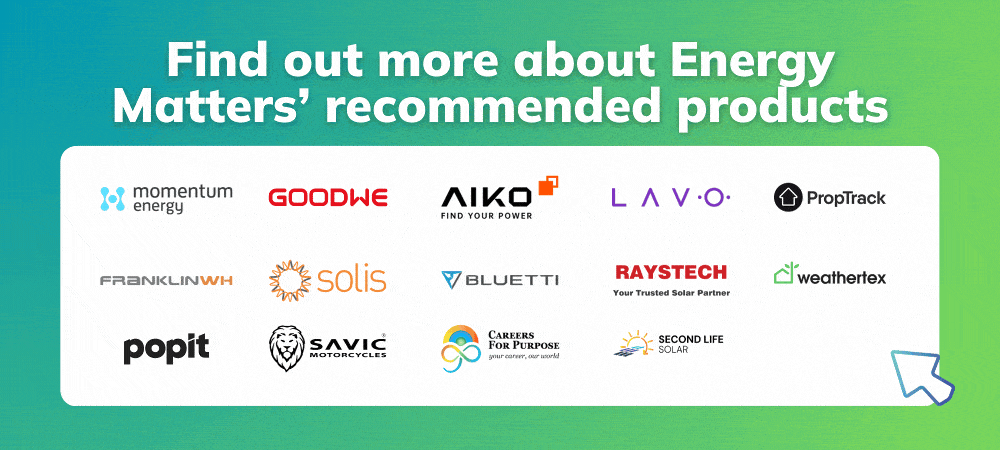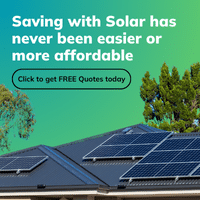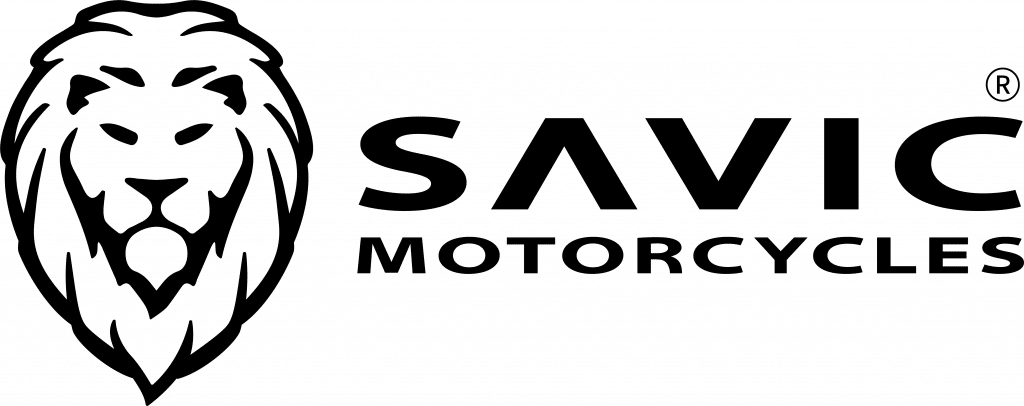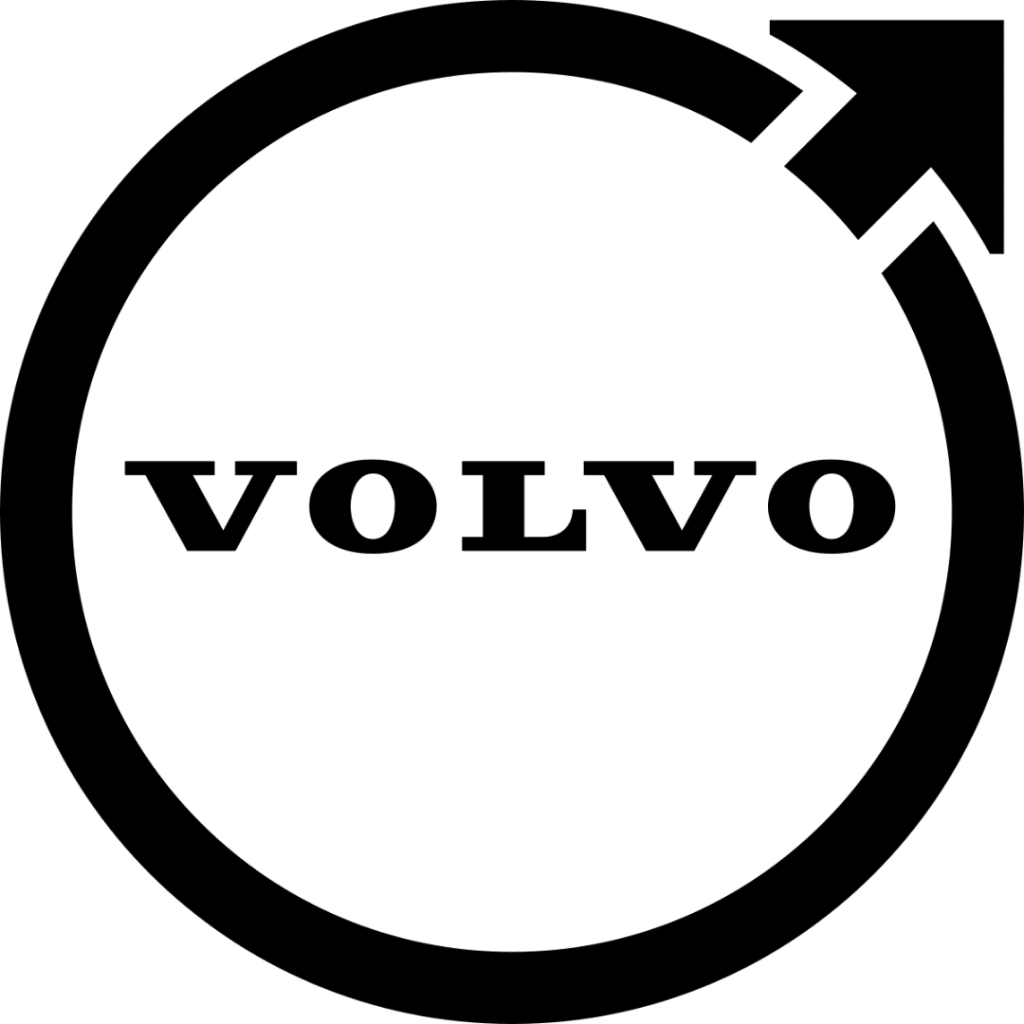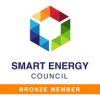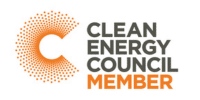When it comes to solar panels, you want the highest quality that will produce energy for 20 to 30 years. In addition, you want the manufacturer to provide you with a reliable warranty in case you encounter a problem with your solar panel.
Years ago, it was easy to choose a solar panel because there were only a few brands and models available. However, things have changed significantly today, with more brands on the market, which makes it challenging to discern a good solar panel in Australia.
To resolve this, the solar industry came up with a tiered classification. In this post, we will be talking about tier 1 and tier 2 solar panels.
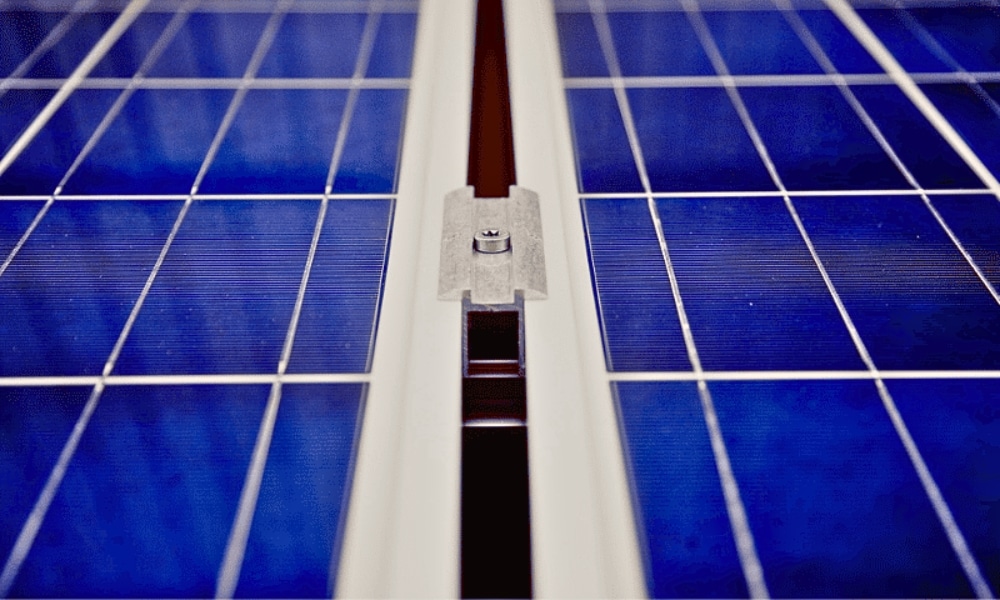
What are solar panel tiers?
Solar panel manufacturers are grouped into tier 1, tier 2, and tier 3. These tiers are not official certifications but rather industry classifications based on factors.
Understanding tier 1 and tier 2 solar panels
To comprehend the distinction between these two tiers, it’s essential to delve into the concept of solar panel tiering. This classification system, primarily determined by BloombergNEF, categorises solar panel manufacturers based on various factors, including:
- Financial stability: The manufacturer’s financial health and ability to sustain operations.
- Manufacturing capacity: The scale of production and technological advancements.
- Product quality and reliability: Solar panels’ durability, efficiency, and performance.
- Market reputation: The brand’s standing and customer trust.
Tier 1 solar panels: The gold standard
Generally, tier 1 solar panels are made by well-established manufacturers. These manufacturers have already been producing solar panels for over five years. They also have stable finances and may be publicly listed on the stock exchange; thus, they can honour their warranties because they have the funds to do so.
Another thing about tier 1 solar panels, and why they are most preferred and recommended, is because the manufacturer invests significantly into their brand, which is also why they have an excellent reputation.
These solar panels only use the best grade of silicon to produce solar cells. You know that the higher the silicon grade, the better the rooftop solar panel will perform.
Additionally, the manufacturing process is also different as it uses advanced technologies to ensure human errors are minimised or eliminated during the manufacturing process. Research and development are also significant aspects that tier 1 solar panel manufacturers invest heavily in.
Tier 1 solar panels are, indeed, built with higher standards so they can last longer and generate more energy. However, they are more expensive than tier 2 and 3 solar panels.
Tier 1 solar panels in Australia: A closer look
Several Tier 1 solar panel manufacturers have a significant presence in the Australian market. These include:
SunPower (Maxeon): Known for its record-breaking efficiency and advanced technology, SunPower solar panels are a favourite among Australian homeowners. Their panels are highly durable and come with industry-leading warranties.
REC Group: REC has carved out a niche as one of the most reliable Tier 1 manufacturers, offering high-efficiency panels with excellent temperature coefficients—a critical factor for Australia’s hot climates.
LONGi Solar: Renowned for its high-efficiency monocrystalline solar panels, LONGi Solar is a leading global technology company.
Check our page for the best solar panels in Australia.
Tier 2 solar panels: A middle ground
Tier 1 solar panels are already great, and they are the best choice. But why should you consider tier 2 solar panels as well? Tier 2 solar panels are the “middle ground” for tier 1 and tier 3 solar panels.
You will be surprised to know that tier 2 solar panel manufacturers have been producing solar panels for two to five years already, but what sets them apart from tier 1 manufacturers is that they don’t invest much money in research and development.
In addition, they don’t use robotic automation either; even if they do, it doesn’t play a significant role.
Why some consumers choose tier 2 solar panels
While tier 1 solar panels are the gold standard, tier 2 panels may appeal to budget-conscious buyers or those with specific needs. Advantages of tier 2 panels include:
- Lower initial costs: Ideal for installing a solar system with minimal upfront expenditure.
- Faster availability: Tier 2 panels may be easier to source in certain markets.
- Good for temporary use: Suitable for short-term projects or secondary installations.
However, weighing these benefits against potential drawbacks, such as reduced longevity and limited warranties, is important.
Comparing tier 1 solar panels with tier 2: A quick breakdown
|
Feature |
Tier 1 solar panels |
Tier 2 solar panels |
|
Efficiency |
High |
Moderate |
|
Durability |
Excellent |
Good |
|
Warranty length |
20-25 years |
10-15 years |
|
Cost |
Higher upfront cost |
Lower upfront cost |
|
Manufacturer track record |
Established brands |
Emerging or smaller brands |
|
Suitability for Australia |
Ideal for harsh climates |
Adequate for mild climates |
What does the tier ranking system tell you
The tier 1 ranking system for solar panel manufacturers will tell you about the company’s financial strength. Bloomberg tracks many solar farm deals to know how they are financed. They also check the manufacturer hasn’t gone bankrupt. Since there are many companies out there, you must be confident in the company you’re buying your solar panels from.
Another thing the tier ranking system will tell you is about their facilities. The truth is, some manufacturers call themselves “manufacturers,” when in truth, they’re only assemblers.
In fact, there are a lot of solar panel assemblers who are not vertically integrated, and they don’t manufacture the components of a solar panel. On the other hand, tier 1 solar panel manufacturers likely have their own factories.
Finally, the tier ranking system is an excellent indicator of the reliability of the panel, which is why it’s worth referring to it when the need arises—even if you only need home solar panels.
Other things you need to know about tier ranking systems
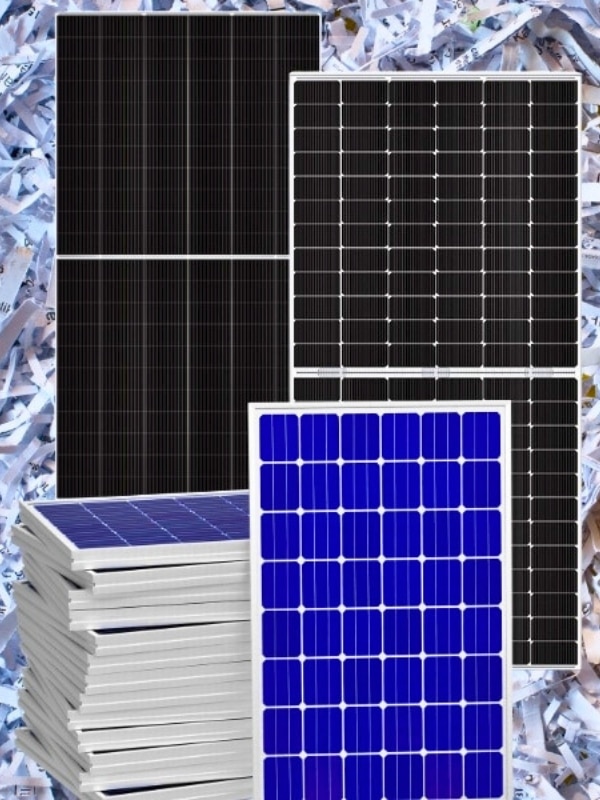
Australia refers to the tier ranking systems that are compiled by Bloomberg, who release a list of solar panel manufacturers based on their tier level every year.
Another thing is that tier rankings are not necessary for the panels or other solar PV components; instead, they are more about the manufacturers. Therefore, tier rankings don’t necessarily guarantee the quality, but they are a good indicator of it. This is because the companies that compile this list don’t test any of the solar panels but rely on banks.
The benefits of choosing tier 1 solar panels in Australia
Regarding solar panel tiers, tier 1 panels are often preferred for Australian households and businesses. Here’s why:
Unmatched quality assurance
Tier 1 manufacturers adhere to rigorous testing standards, ensuring their panels perform well even in extreme weather conditions. This makes them ideal for Australia’s harsh climates, from scorching summers to stormy winters.
Proven track record
Tier 1 companies have a history of success and consistent production, giving customers peace of mind about their investment. This reliability is especially crucial in a country where solar systems are expected to deliver consistent returns for decades.
Higher energy yields
Thanks to advanced technology and superior materials, tier 1 solar panels deliver better energy output, maximising savings on electricity bills.
Long-term financial savings
Although tier 1 panels have a higher upfront cost, their superior efficiency and durability translate into long-term savings. This makes them a cost-effective choice for Australian homeowners.
Key considerations when choosing between tier 1 and tier 2
Budget constraints: If your budget allows, investing in tier 1 solar panels is generally the better choice due to their long-term benefits. However, tier 2 panels can still be viable for those with tighter financial constraints.
Energy needs: For homes and businesses with high energy consumption, tier 1 panels offer better efficiency and performance. Smaller systems with lower energy demands might function adequately with tier 2 options.
Climate and location: Australia’s diverse climate conditions necessitate robust solar panels. Tier 1 panels are designed to withstand extreme temperatures and adverse weather, making them more suitable for most regions.
Warranty and support: The extended warranties offered by tier 1 manufacturers are a significant advantage. These warranties often include product, performance, and service guarantees, ensuring long-term peace of mind.
Making the right choice for your solar system
The decision between tier 1 solar panels and tier 2 panels depends on your unique circumstances. Budget, energy requirements, and long-term goals play a crucial role. For most Australians, tier 1 panels provide superior value due to their efficiency, durability, and proven track record. However, tier 2 panels may be suitable for smaller or temporary systems. Check our page for our recommended solar products.
Ready to power your future?
Keep the complexities of solar panel choices in mind. Energy Matters simplifies the process and guides you towards a sustainable energy future. Contact us today to explore your solar energy options and unlock the benefits of clean, renewable power.
Start your solar journey here with us by getting up to 3 FREE, no-obligation quotes. We have a large network of trusted, local installers to provide you with personalised quotes for a solar system to meet your current and future needs.





